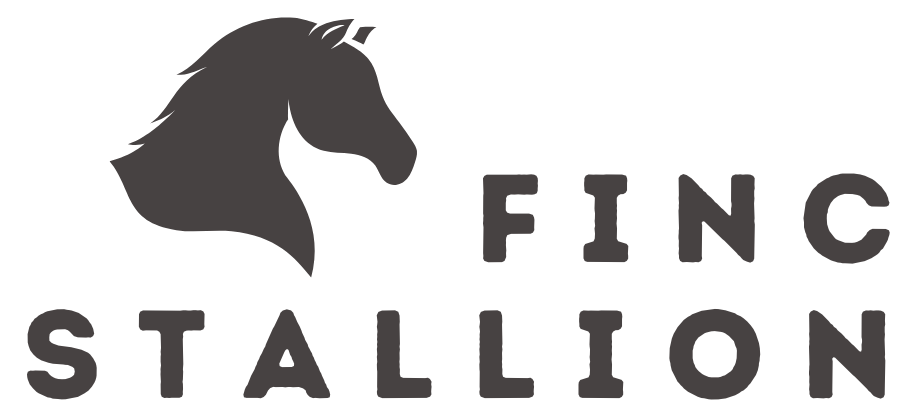Exploring the best passive income ideas for 2025 could be your gateway to financial freedom. As we navigate through real estate crowdfunding platforms and automated online business models, these strategies promise passive revenue streams that grow over time. The landscape of investments, including dividend stocks and peer-to-peer lending advancements, is evolving, providing more opportunities to build wealth without constant effort. Discover how to leverage these avenues effectively, ensuring a secure financial future.
Real Estate Crowdfunding Platforms
In recent years, real estate crowdfunding platforms have emerged as a popular choice for individuals seeking to diversify their portfolios and generate passive income. These platforms allow investors to pool their money together to invest in real estate projects, making it accessible to those who might not have significant capital or industry expertise.
Investors can choose from residential, commercial, and mixed-use properties, often with lower entry barriers than traditional real estate investments. Risk diversification is one of the major benefits, as investors can spread their contributions across several projects, reducing the impact of any single project’s performance on their overall returns.
Moreover, these platforms provide extensive data and analytical tools to help investors make informed decisions. It’s important to conduct due diligence by assessing the platform’s track record and the expertise of the sponsors involved. Transparency in fees and projected returns should also be considered when selecting a crowdfunding platform.
With projections pointing to continued growth in the alternative investment sector, real estate crowdfunding offers an enticing opportunity for those looking to maximize earnings as part of a comprehensive passive income strategy for 2025 and beyond. Embracing technology and innovation in this area will be crucial for investors aiming to stay ahead.
Automated Online Business Models

In today’s rapidly evolving digital landscape, Automated Online Business Models have emerged as a transformative trend, particularly for those seeking passive income streams. Such models not only reduce manual effort but also enhance efficiency and scalability. By leveraging technology, automated models minimize time investment while maximizing returns.
One popular strategy is running an e-commerce store through platforms like Shopify, where inventory, orders, and customer service can be largely automated. Utilizing dropshipping, businesses can sell products without holding any stock, as third-party suppliers handle inventory and shipping.
Another avenue is creating an affiliate marketing website. This model capitalizes on promoting products or services of other companies. With well-placed content and strategic promotions, commission-based earnings flow with minimal ongoing effort.
Subscription-based services, such as online courses or memberships, also benefit significantly from automation. With tools that manage enrolments and renewals, creators can focus on content, trusting distribution to automated systems.
Additionally, automated content creation through AI technologies offers an innovative approach, enabling consistent generation of blog posts, reviews, or social media content, all tailored to specific audience niches. This ensures regular engagement without constant manual input.
Embracing these automated business models not only promises scalability but also aligns with emerging digital trends for 2025, making it a smart move for savvy entrepreneurs eager to capitalize on passive income opportunities.
Dividend Stocks Investment
Investing in dividend stocks is a key strategy for generating passive income. By purchasing shares in companies that pay regular dividends, you can build a stream of income that grows over time. Many companies pay dividends quarterly, providing consistent cash flow to investors. The key is to select companies with a track record of reliably increasing dividends year over year.
Why Choose Dividend Stocks?
Dividend stocks are appealing because they offer the dual benefits of capital appreciation and income generation. Unlike bonds or savings accounts, which might offer fixed income, dividend stocks have the potential to increase in value while providing shareholders with money directly in their pockets through dividend payments.
In 2025, smart investors will prioritize stocks from sectors such as technology and healthcare, which continue to demonstrate growth potential while offering dividends. Companies in these sectors are often leaders in innovation, stabilizing their financial outlook and ensuring continuous dividend payouts.
Another critical consideration is the dividend yield, which measures how much a company pays out in dividends each year relative to its stock price. A higher yield indicates more immediate returns, but it’s essential to ensure the company’s fundamentals are strong to maintain that yield over time.
Diversification and Stability
Portfolio diversification is crucial when investing in dividend-paying stocks. By spreading investments across various sectors and industries, you minimize risk and enhance the stability of your passive income streams. This investment strategy, coupled with a long-term perspective, can bolster your financial security.
To maximize returns, consider reinvesting dividends back into the stock market. This practice, known as dividend reinvestment, can substantially compound your returns, as the dividends earn additional dividends over time.
Peer-to-Peer Lending Advancements

Innovations in peer-to-peer lending are transforming it into a compelling avenue for passive income. Modern platforms are evolving with advanced algorithms and automated features, enabling investors to make well-informed decisions without extensive financial knowledge. Enhanced data analytics provide better borrower insights, reducing default risks effectively.
Today’s peer-to-peer lending platforms provide streamlined user interfaces and real-time tracking of investments, optimizing the user experience. Investors can diversify their portfolios by lending to multiple borrowers across different sectors, enhancing potential returns and minimizing risks. The integration of AI and machine learning ensures refined borrower assessments, improving credit scoring systems significantly.
Moreover, platforms have begun to offer secondary markets where lenders can sell their loan parts before maturity, increasing liquidity for investors. Community-driven feedback and peer reviews add another layer of transparency, making peer-to-peer lending a trustworthy option for generating passive income. With consistent technological upgrades, the lending landscape is positioned for sustainable growth.





